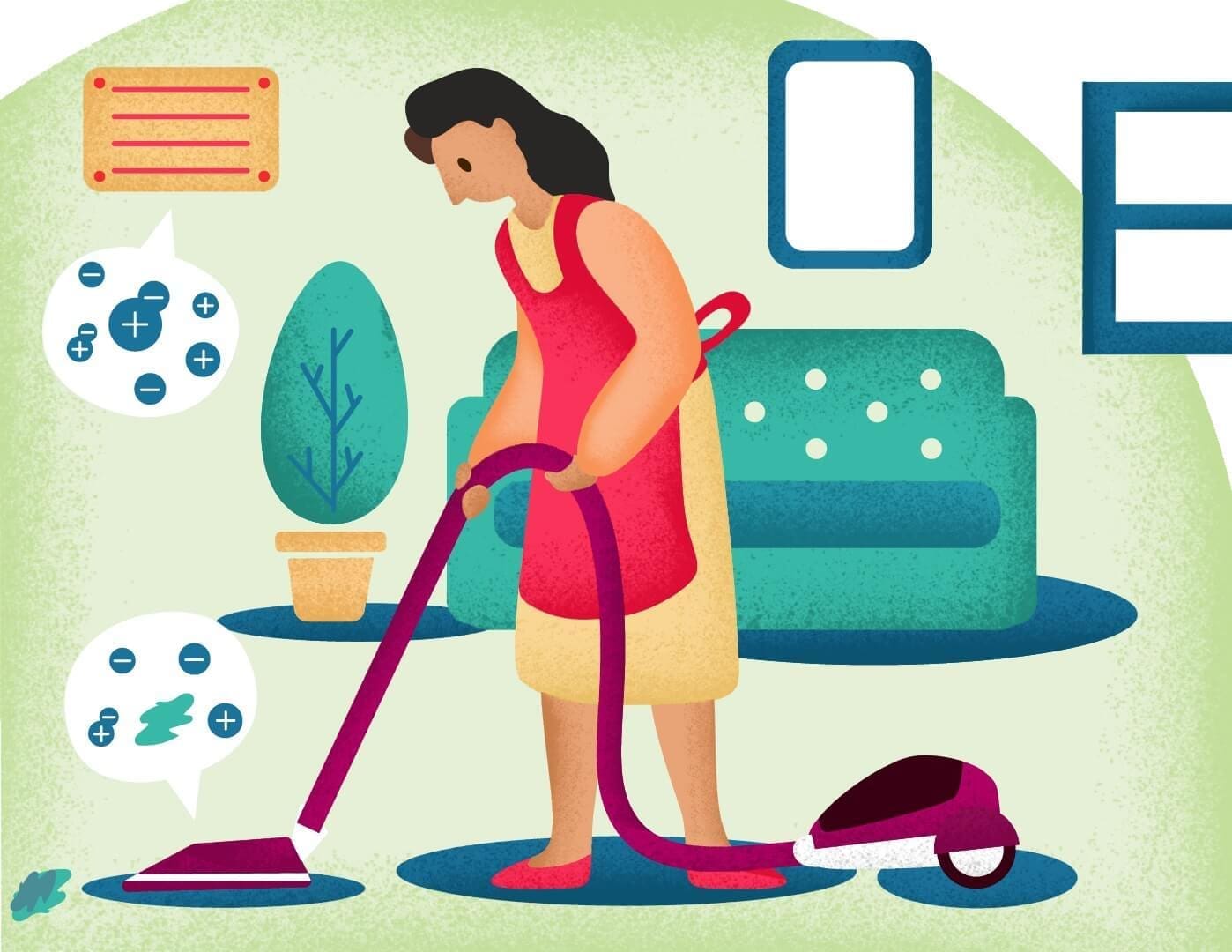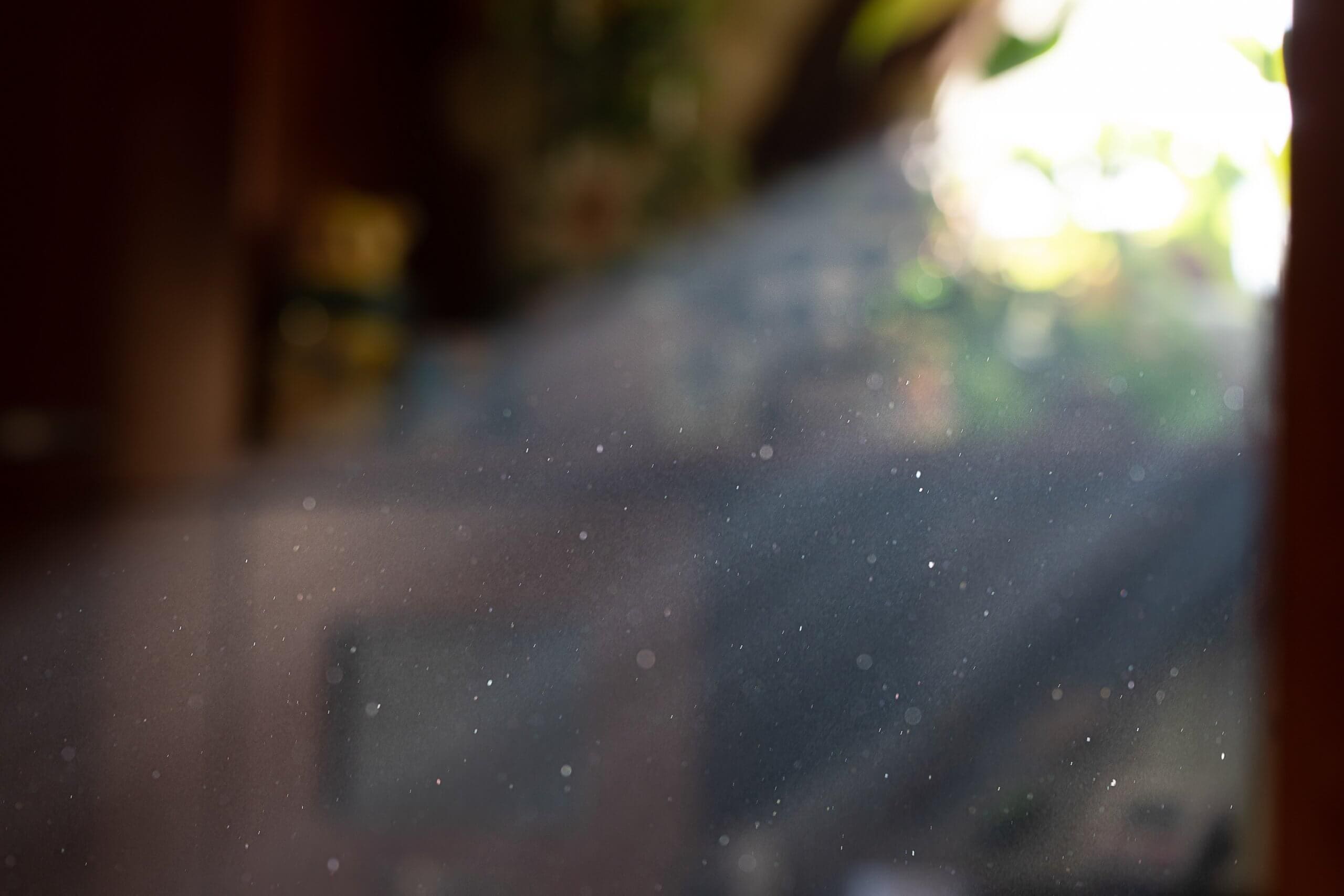Over the course of the pandemic, air cleaning methods and air purifying solutions became a popular topic. The focus on indoor air quality and air quality solutions during a global respiratory pandemic is entirely logical. Even though today’s focus on IAQ may seem like a trend or solely in response to infection control, IAQ control solutions are not new. Nor is bipolar ionization in particular.
What Is Bipolar Ionization?
All in all, bipolar ionization is a fancy term for a simple concept. Nevertheless, understanding bipolar ionization requires understanding a couple of key terms and concepts related to ionizing science.
Ionization Explained
Naturally, ions are crucial to understanding ionization. So, for the first definition … an ion is a charged atom or molecule with uneven amounts of electrons and protons.
Ions are as much of scientific truth as atoms. The key difference between the two? Ions are electrically charged while atoms are electrically neutral. In other words, an atom is ionized when it either loses or gains one or more electrons.
Ions are not only naturally occurring, they are also abundant in the air we breathe. Natural outdoor ion levels are higher where the air is cleaner, such as near the ocean. Comparatively, ion levels are lower where the air is more polluted like in downtown city areas. An important takeaway? The presence of air pollutants affects ambient air ion levels.
History of Ionization
We’re willing to guess you never heard of ionization or ionizing air purification before the start of the pandemic. Yet, the ionization process is not a recent discovery.
Sir William Crookes first identified and researched ionization in the early 1870s alongside his invention of the Crookes tube. Ionization as a potential indoor air pollution control method dates back to the 1960s. Because pollutants affect and reduce ion levels in the air, ionization proved to be a successful way of replenishing ion concentrations in indoor air.
Cleanrooms and clean–focused indoor environments such as healthcare facilities and certain manufacturing processes have relied on bipolar ionization for decades. Today, bipolar ionization purification systems and solutions are designed for everyday residential and commercial use too.
How Does Bipolar Ionization Work?
Broadly, bipolar ionization is one of the available purifying technologies used in air purification devices and systems. It helps remove contaminants and pollutants from indoor air. Distributing both positively and negatively charged ions into the air, the opposing electric charges are drawn to one another, encouraging particles to join together. In doing so, air pollutants grow in both size and weight.
The particles, now larger and heavier, are easier for HVAC filters to capture and remove. They also fall out of the air quicker, settling on surfaces and easily removed with routine cleaning practices.

Also important to note, bipolar ionization technology works in whole-space in-duct HVAC system solutions as well as portable standalone air purifying devices.
Is Bipolar Ionization Safe?
Researchers have concluded that exposure to ions, whether positive or negative, has no effect on human respiratory health and function. While previous research pointed to ionization’s health benefits or consequences, a broader review of the available literature points to a far more neutral role.
The bipolar ionization process itself, simply the release of oppositely charged molecules into the air, does not have beneficial or consequential health effects. This is, of course, assuming proper device production and use.
With that said, the bipolar ionization process can have resulting effects. For example, as this purification method reduces the number of indoor air pollutants, it helps create a cleaner indoor space. There are noticeable health benefits that come from reduced pollutant concentration levels and indoor exposure.
On the other hand, a clear critique of bipolar ionization addresses another potential outcome, concerns about byproducts created during the ionizing process. Researchers found that significant discrepancies in device testing methods and a lack of oversight means air-cleaning devices vary greatly in efficacy and potential byproduct formation. This is where clear testing data and device documentation becomes crucial.
 Third-Party Validation: Without federal oversight or clear guidelines that the entire purifier market adheres to, third-party verified air purifier data based on independent testing is important →
Third-Party Validation: Without federal oversight or clear guidelines that the entire purifier market adheres to, third-party verified air purifier data based on independent testing is important →Consumer Awareness
Like any other consumer product, including all IAQ control solutions, consumer awareness and knowledge of the market is important. Industry organizations highly recommend consumers research these products thoroughly before buying, look for publicly available device documentation or request data from the manufacturer—some of which should be third-party independently verified within proper testing real-life scenarios.
Third-party data validation and independent product certifications are also key ways manufacturers prove that their devices do not operate above the recommended electron volt level. (Doing so can have a detrimental outcome.) This brings us to an important note about ozone production.
Ozone Production
As with any electronic device, it’s key to avoid ozone production. The ionization process is capped at a certain energy potential production level for ionization devices. Above this threshold, devices emit ozone as a byproduct. But below this level, ionization will not result in ozone production. As a good rule of thumb, any ionizing air purification solution should be UL 2998 certified, AKA zero ozone production.
 Air Purifier Certifications: UL 2998 is just one of eight different independent industry certifications we recommend researching and looking for in your chosen air purification solution. Learn about all eight air purifier certifications →
Air Purifier Certifications: UL 2998 is just one of eight different independent industry certifications we recommend researching and looking for in your chosen air purification solution. Learn about all eight air purifier certifications →Bipolar Ionization for Your Home
Despite ionization’s long history and role in the indoor air quality industry, bipolar ionization received a bad rap. This is due to manufacturers’ exaggerated marketing claims, mixed public perception and a history of certain poorly chosen and purposefully-designed ozone production purification devices. Clearly, the indoor air quality industry needs greater regulations and standards.
With knowledge about independent testing and data validation and taking the time to fully research the whole-home solution or portable device you’re interested in, you will find a safe and efficient bipolar ionization purification solution. That does mean a bit more work on the consumer’s part—looking beyond those trending top 10 lists and determining the best product for your home. Or, always keep in mind that HVAC contractors trained in IAQ are willing and able to help determine the best IAQ solutions for your space.




